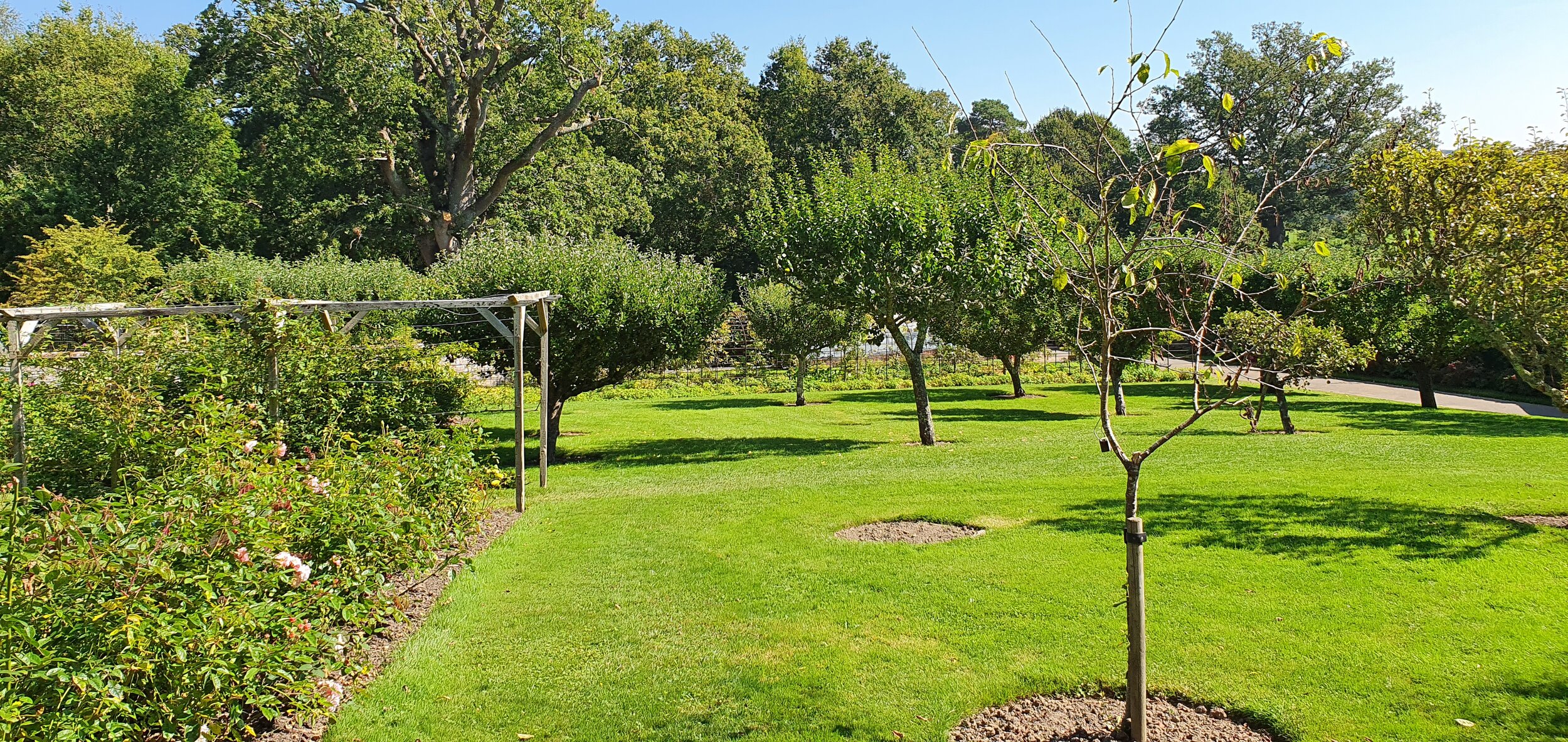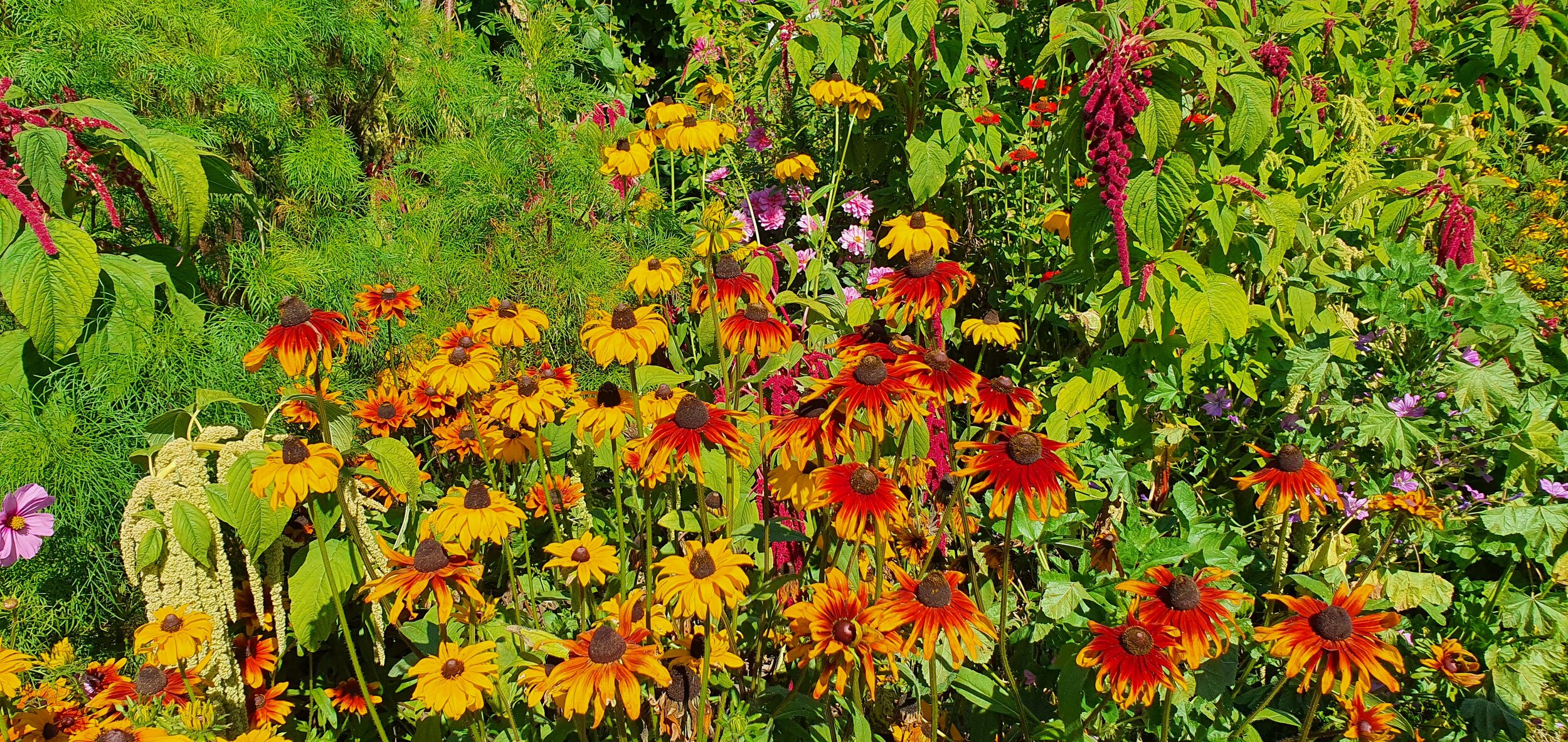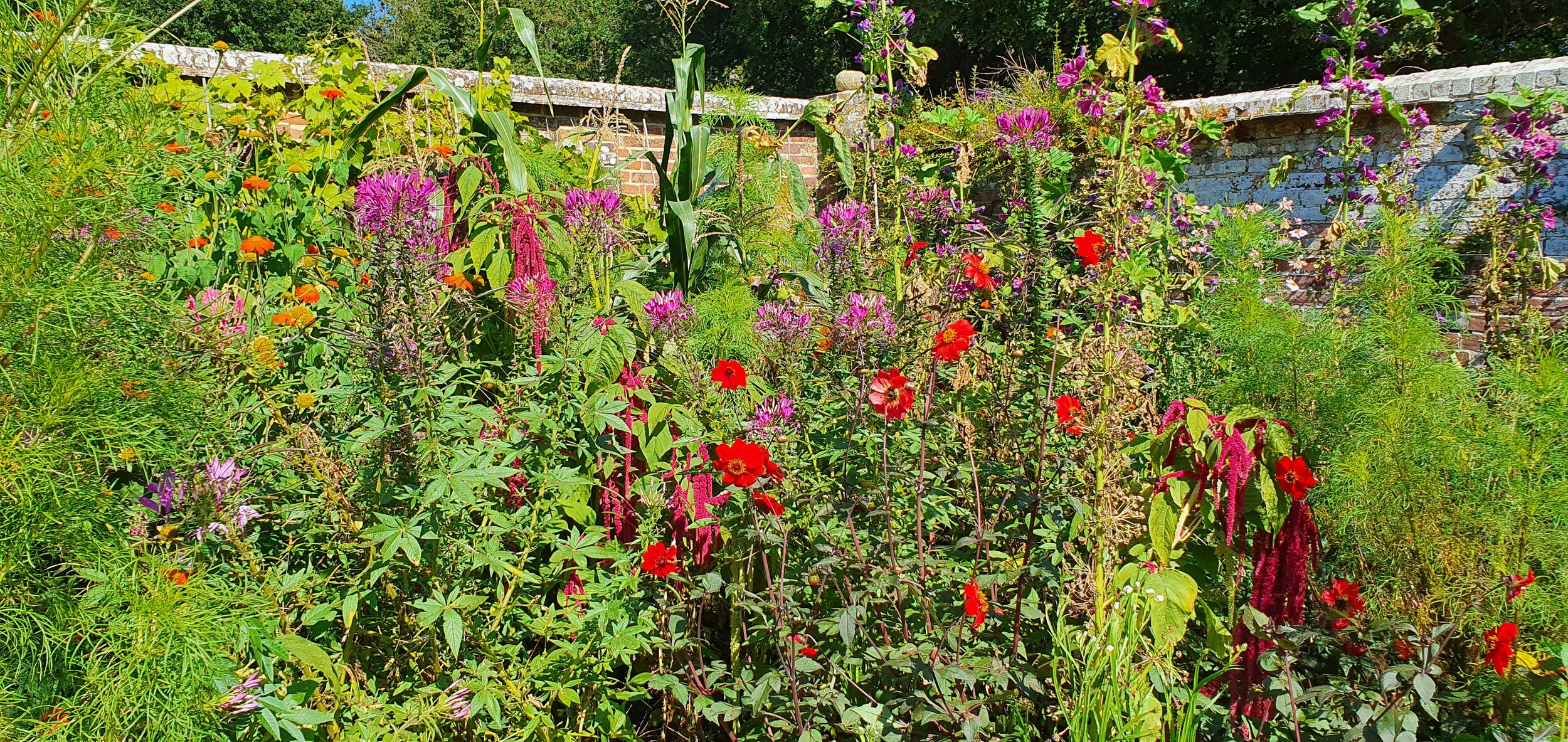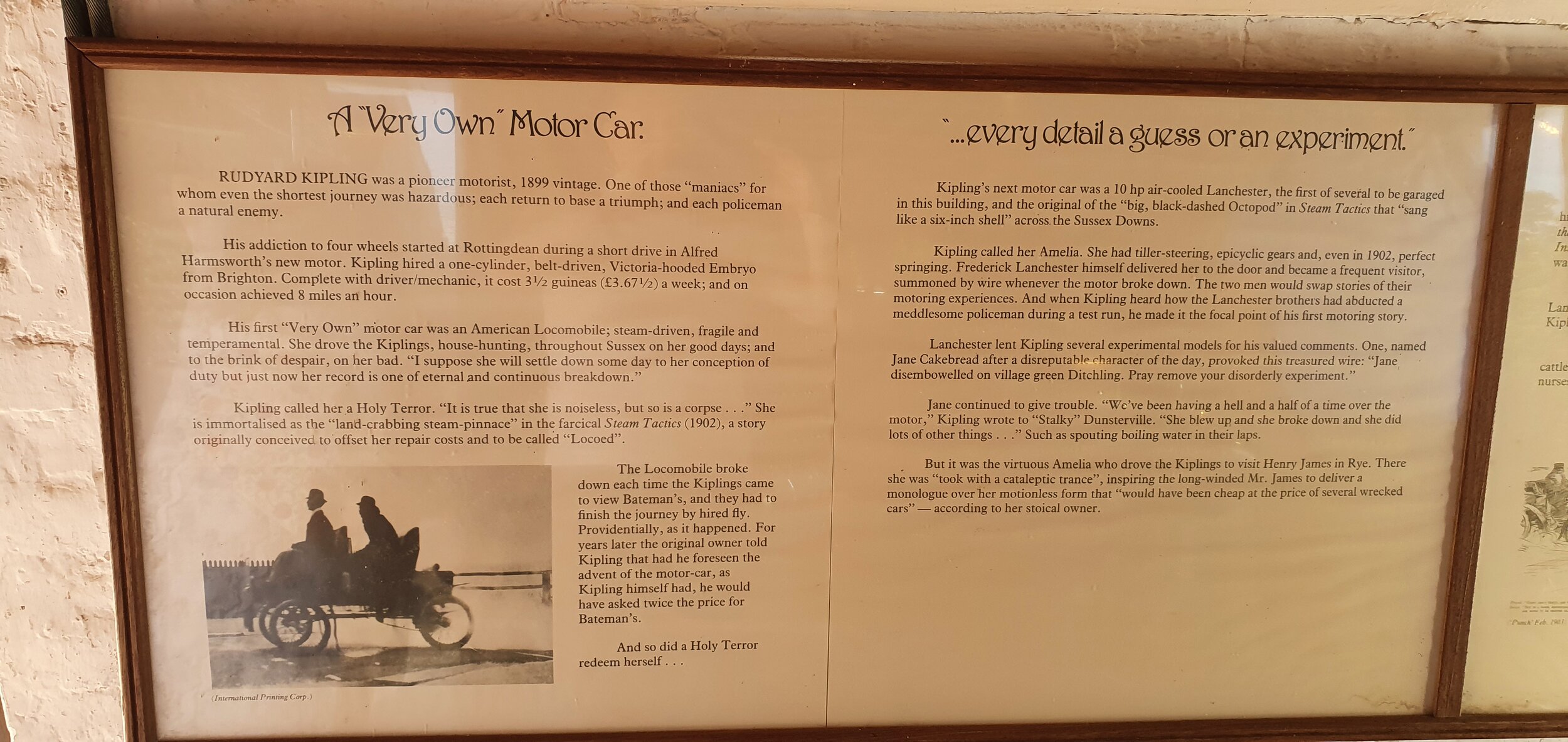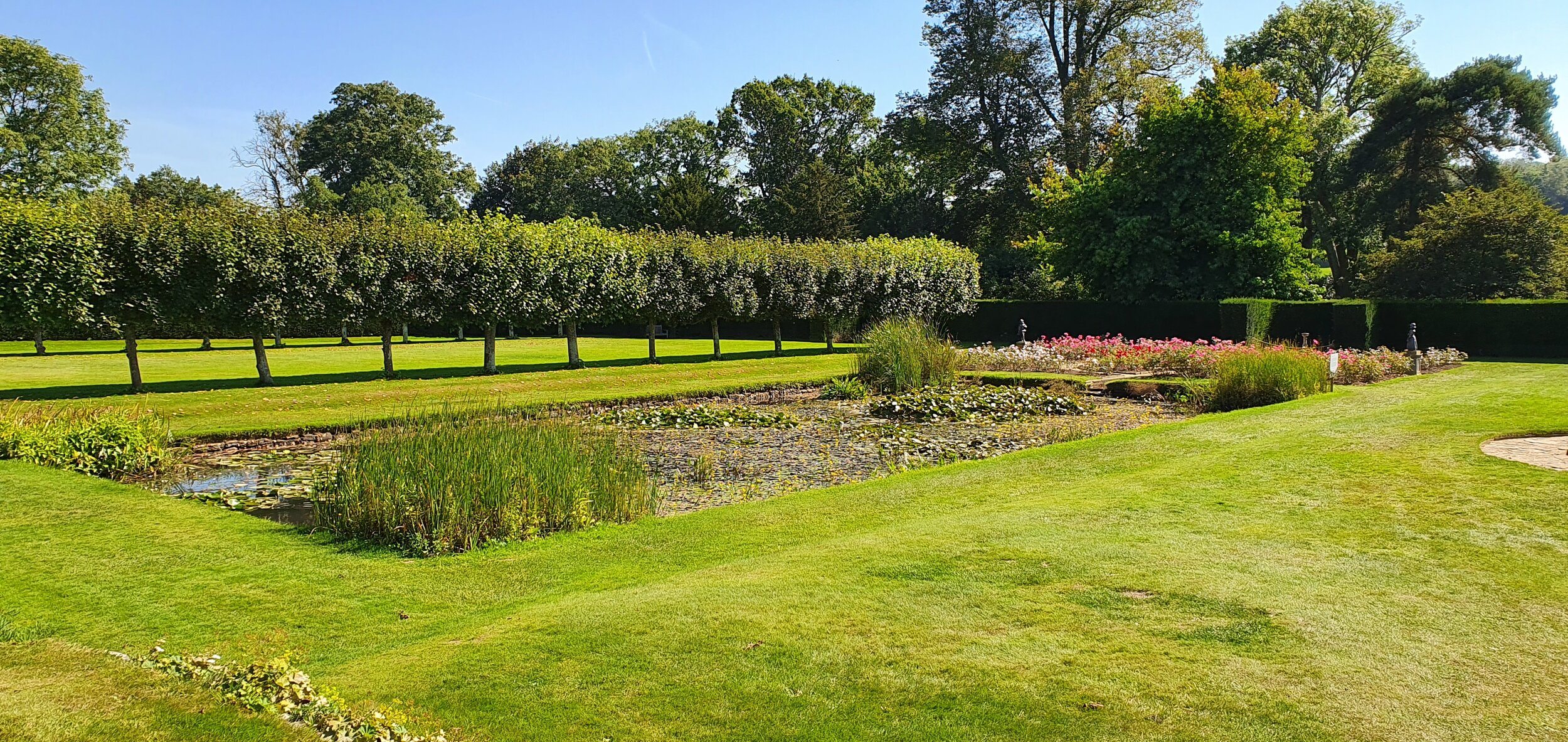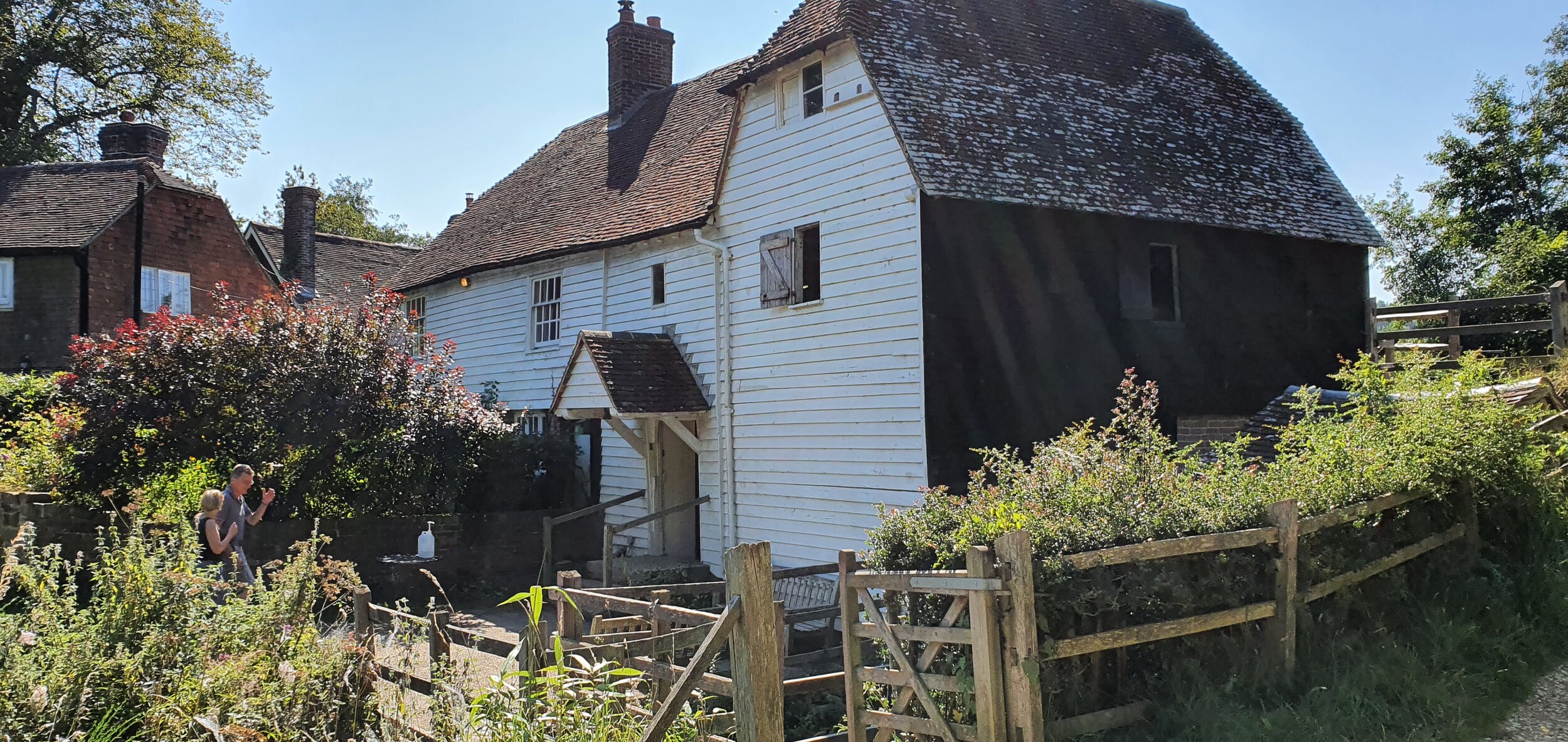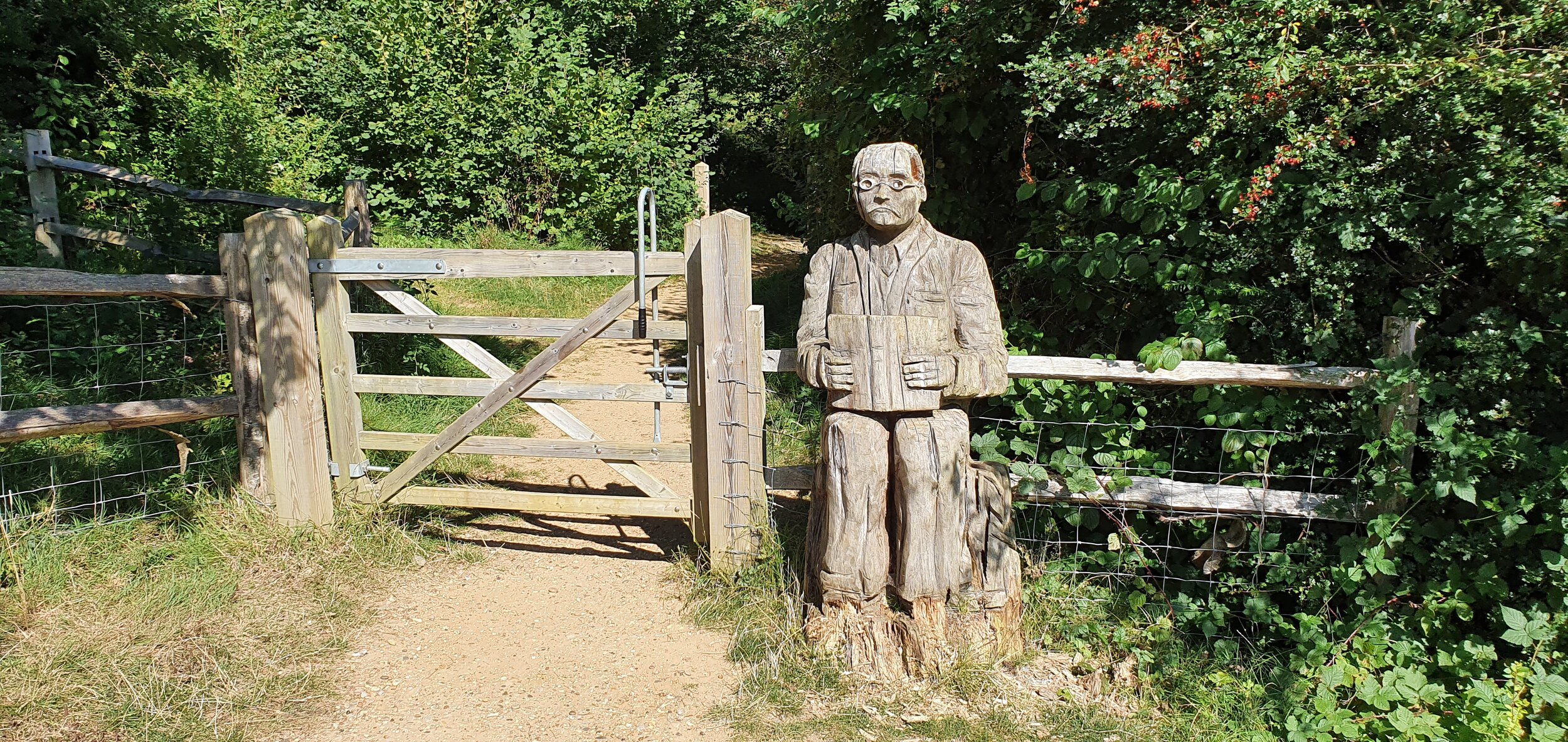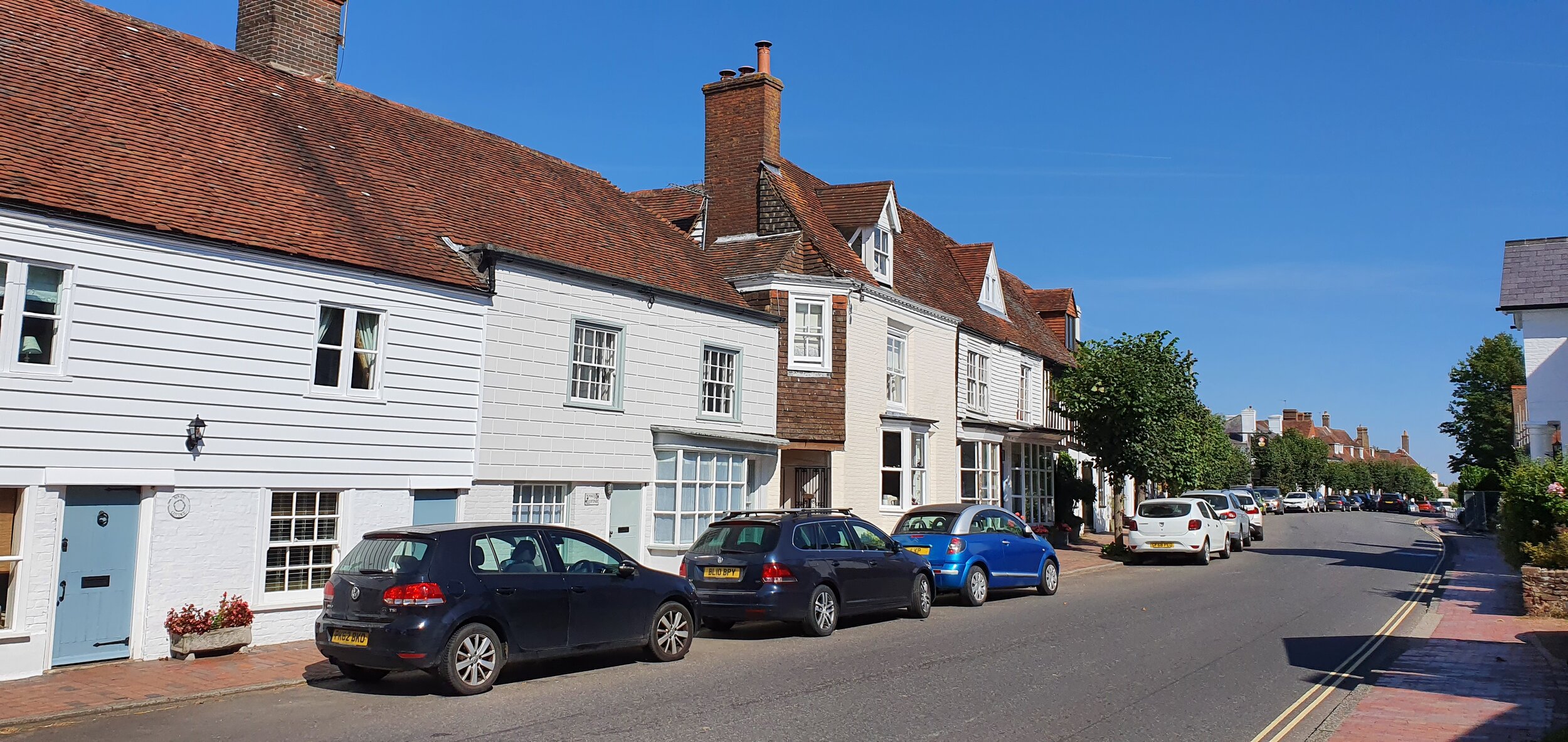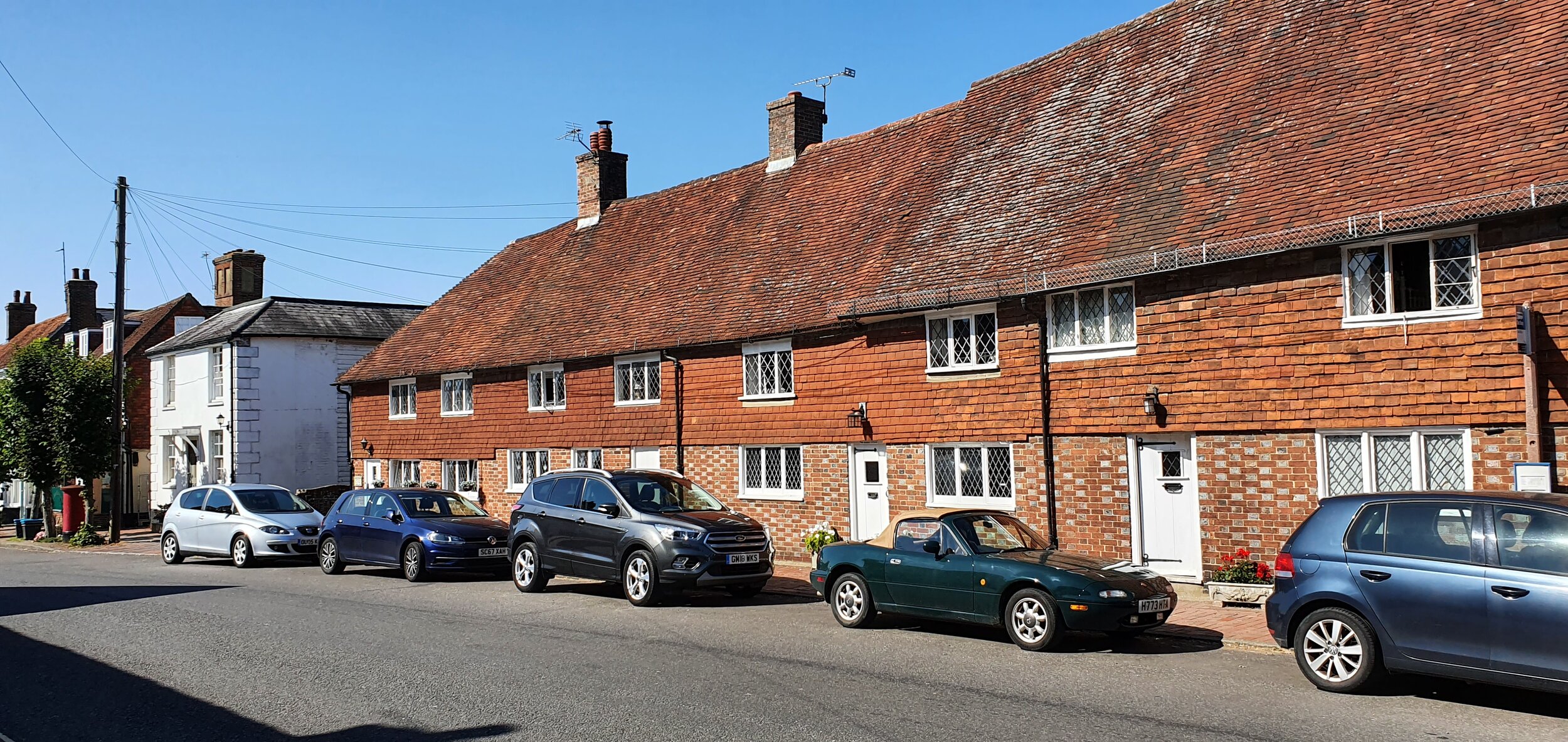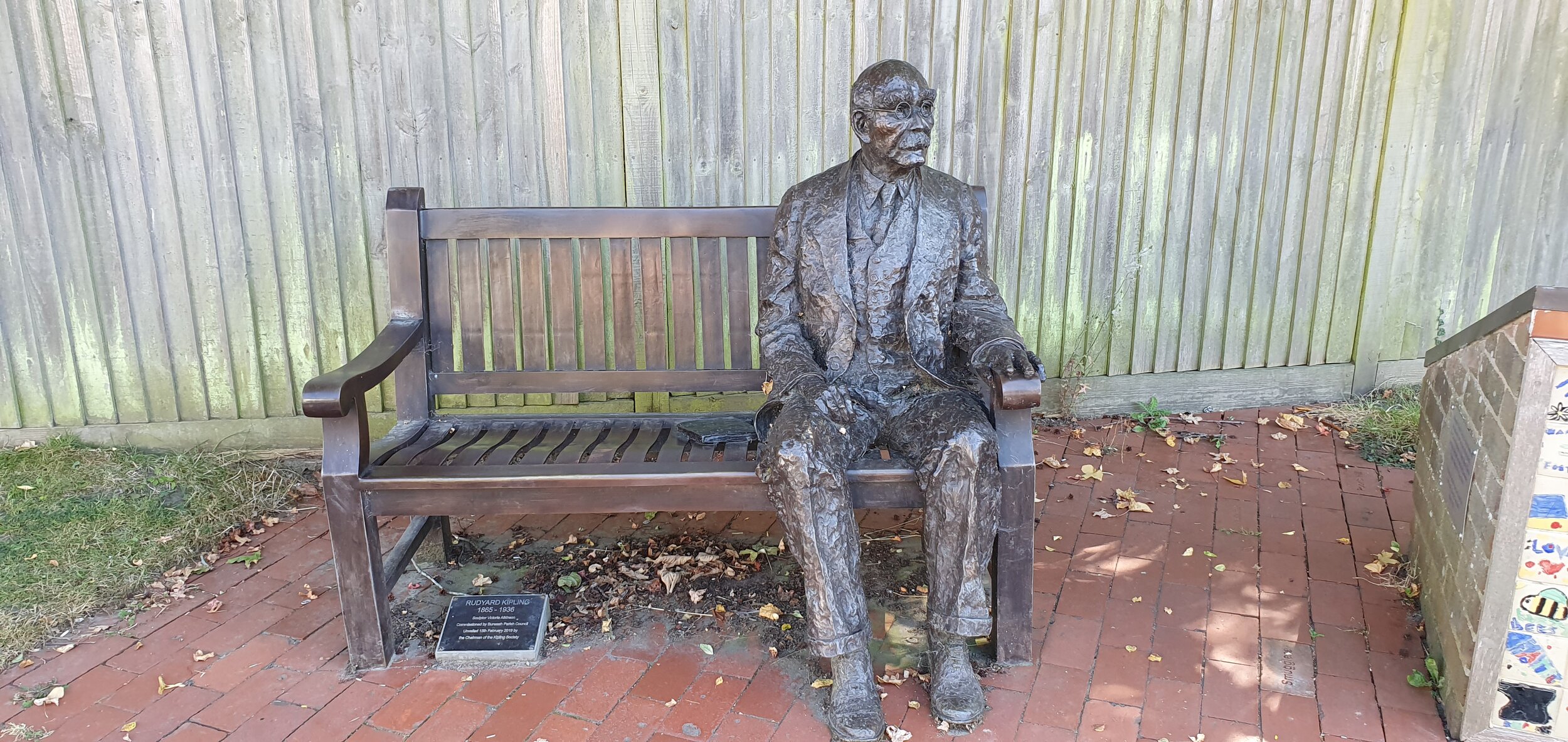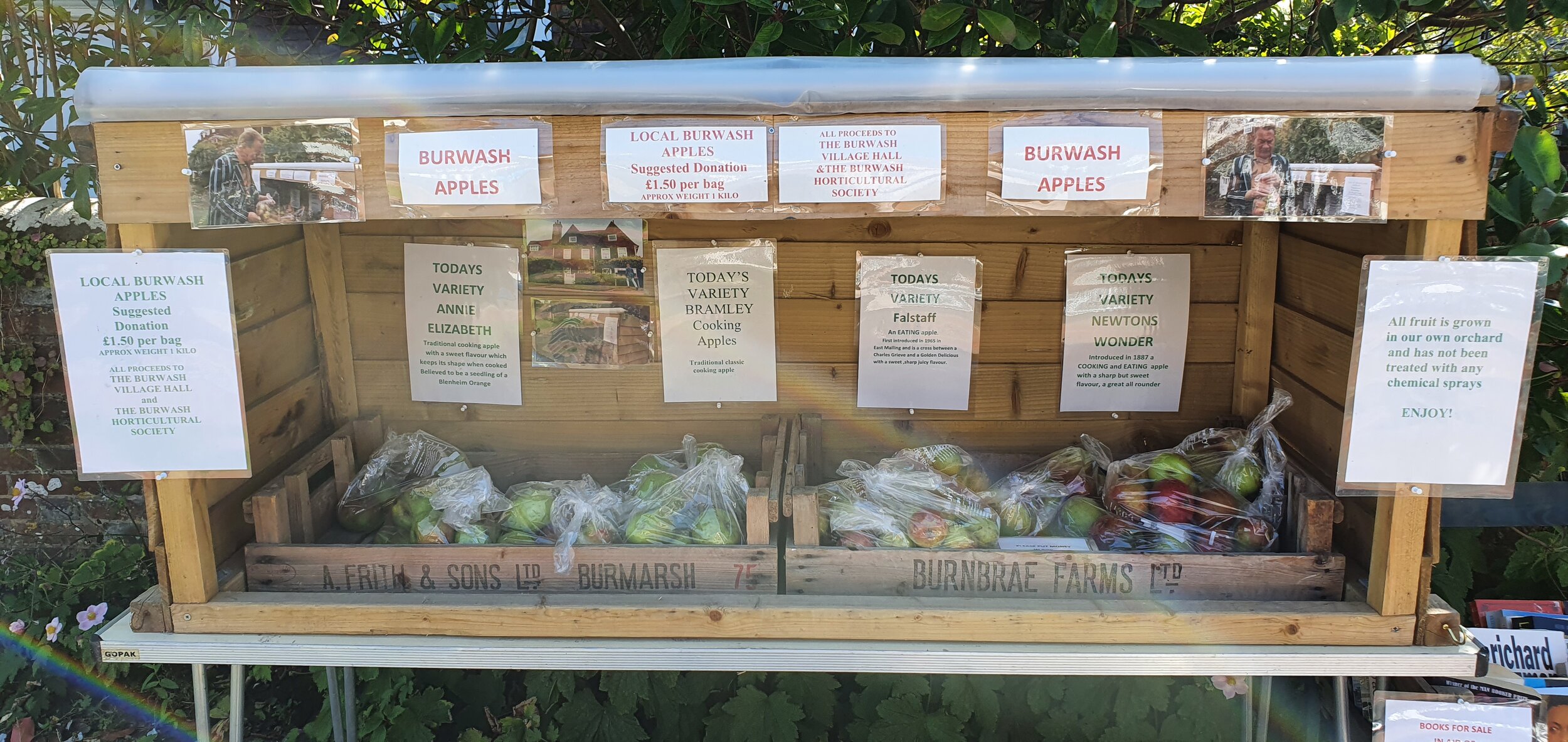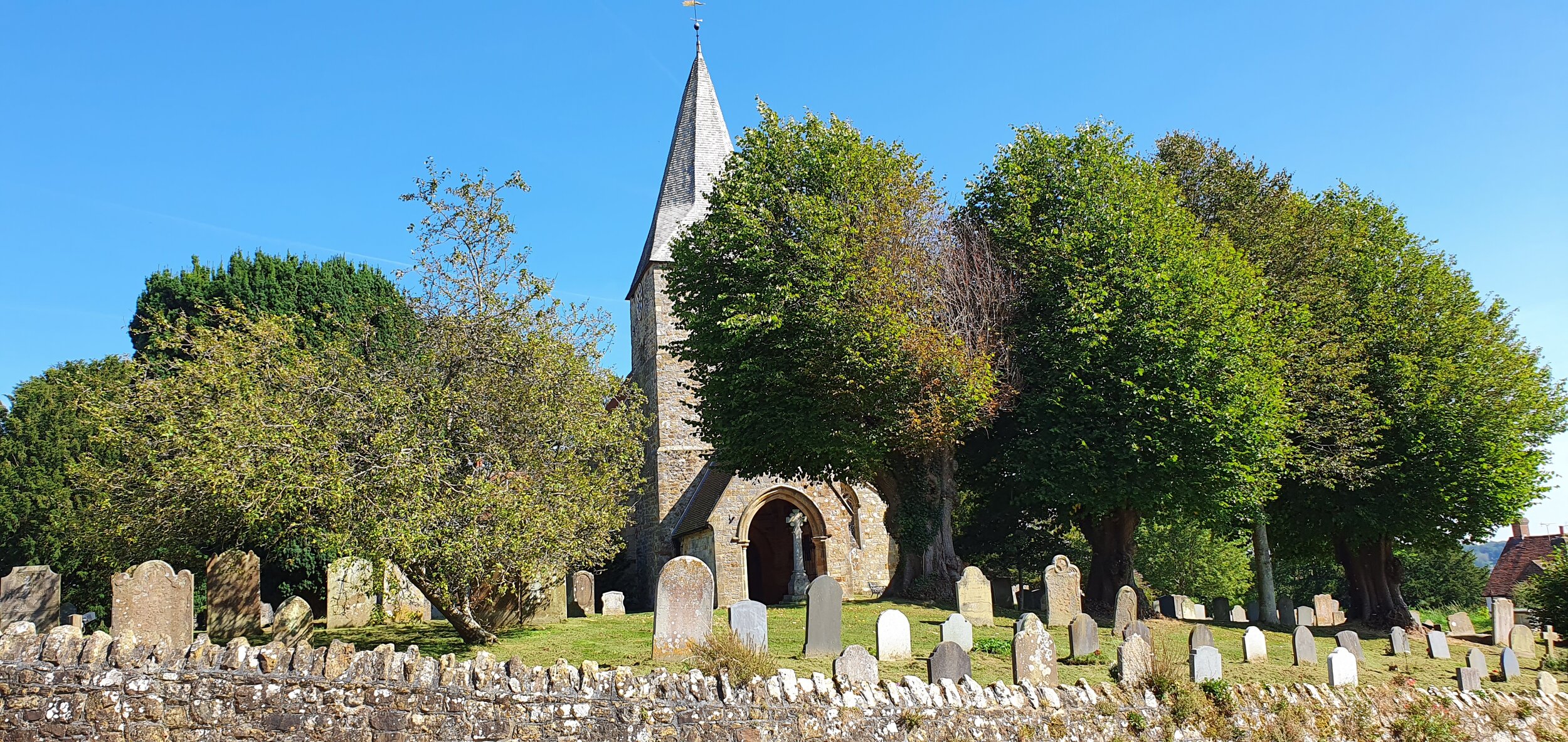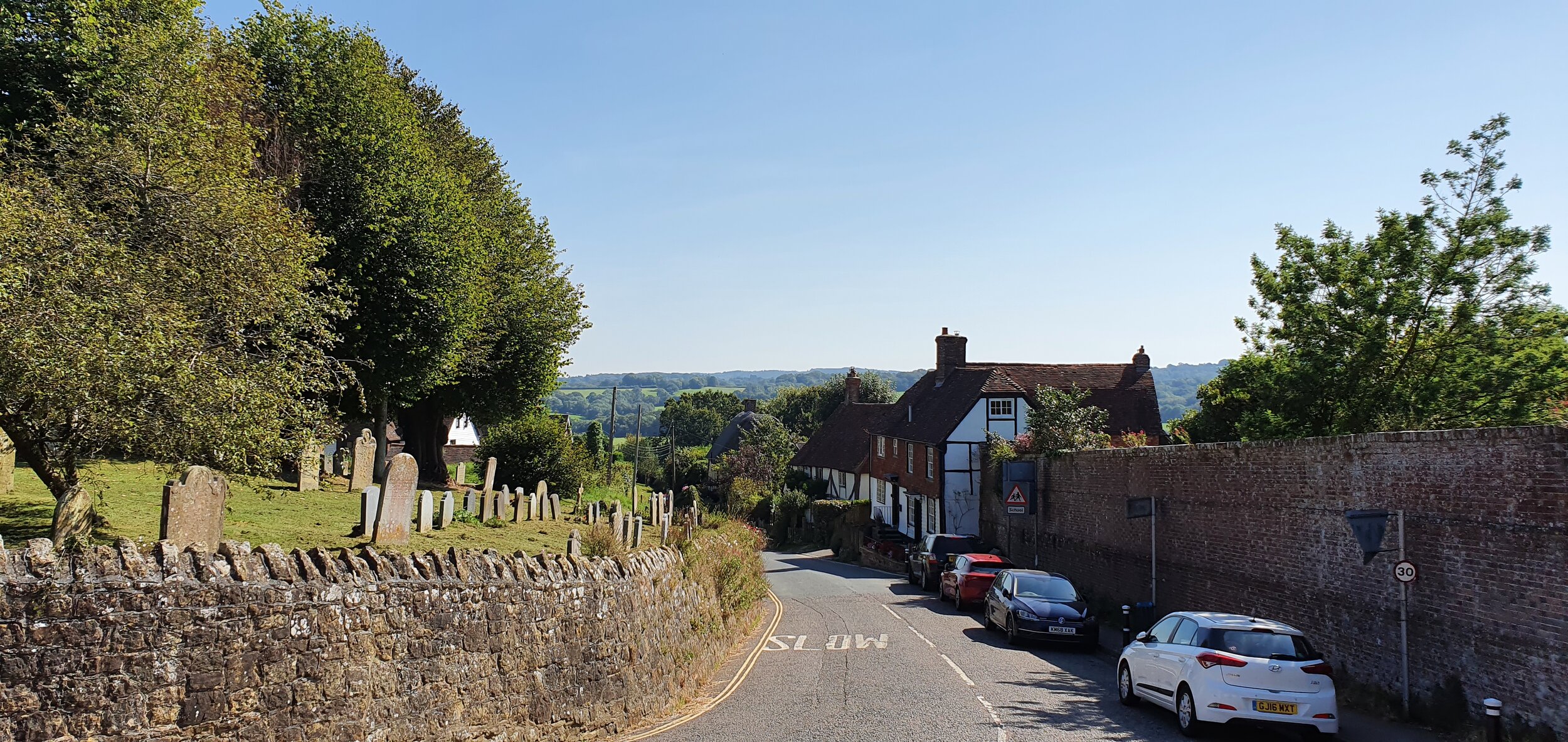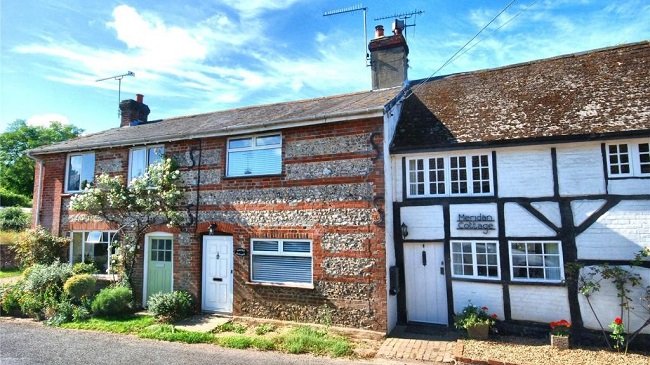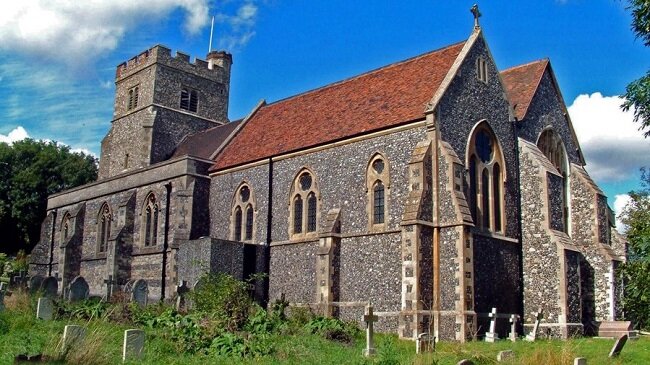Burwash
The last few days have been very warm here in the UK. Sadly, this pleasant weather isn’t going to last and in two weeks time it will officially be Autumn. So we decided to make the most of the sunshine and take a trip out to East Sussex. Today’s destination was the village of Burwash, situated in the High Weald of Sussex. This rural community grew in size during the 13th century after King Henry III granted permission for a weekly market. It became a hot spot for smugglers during the 18th and 19th centuries, with contraband coming up from Hastings via the River Dudwell, a tributary of the River Rother. Burwash High Street has been designated a Conservation area by Rother District Council. Many of the period buildings along the High Street have been given listed building status by English Heritage. St Bartholomew’s Church is also of note. Although extensively restored in 1856, the tower dates back to the Norman period.
After perusing the village we travelled on to Bateman’s. Home of the English journalist, poet and novelist Rudyard Kipling. Built in 1634 this Jacobean Wealden mansion was in a state of disrepair by the turn of the twentieth century. Kipling bought it in 1903 along with its 33 acres of land. The house is built of sandstone to a double-pile plan and has two storeys with gables above. Kipling’s daughter bequeathed Bateman’s to the National Trust in 1939. The house is currently designated a Grade I listed building. The ornamental walled gardens and parts of Bateman’s are open to the public and Kipling's Rolls-Royce Phantom I is also on display. There is also a collection of paintings by Edward Poynter, Edward Burne-Jones and James Whistler. The estate features a water mill and turbine powered by the River Dudwell, which Kipling used for the provision of electricity to the house.
The entrance price for an adult to Bateman’s is £12. Parking for the day is £4. As the building is smaller than Chartwell and other larger houses in the charge of the National Trust, there are guides in all major rooms which accommodate about eight to ten people at a time. The guides are most informative and happy to answer questions. It takes approximately an hour to tour the house, which features many items that Kipling brought back from India and his various travels. The grounds of the estate are very well maintained and at present many of the plants are in bloom. There is a clear path around the grounds, so that visiting the various gardens and the water mill takes another hour. Hence Bateman’s is a very pleasing visit for half a day and best combined with exploring the nearby village of Burwash if you wish to fill the afternoon.
Today’s trip was very restful. The fine weather and beautiful gardens provided a very tranquil environment to relax in. As a lot of National Trust visitors are of a senior age group, social distancing and masks are still very much maintained. Batemen’s grounds are also dog friendly as long as your canine chum is kept on a lead. Upon our return home, I finally decided to join the National Trust, something I’ve been meaning to do for a while. Joint membership for two adults costs £120 for a year and can be paid as a single payment or at the rate of £10 a month. Membership provides free entry to over 500 sites, as well as free car parking at most National Trust car parks. As both I and Mrs P enjoy history as well as walking for pleasure, this is a really great deal. Furthermore, National Trust sites often have quality tea rooms and cafes. This means that not only can we get a fix of culture but access to the “finest wines known to humanity”. Or at the very least some nice tea cakes.

